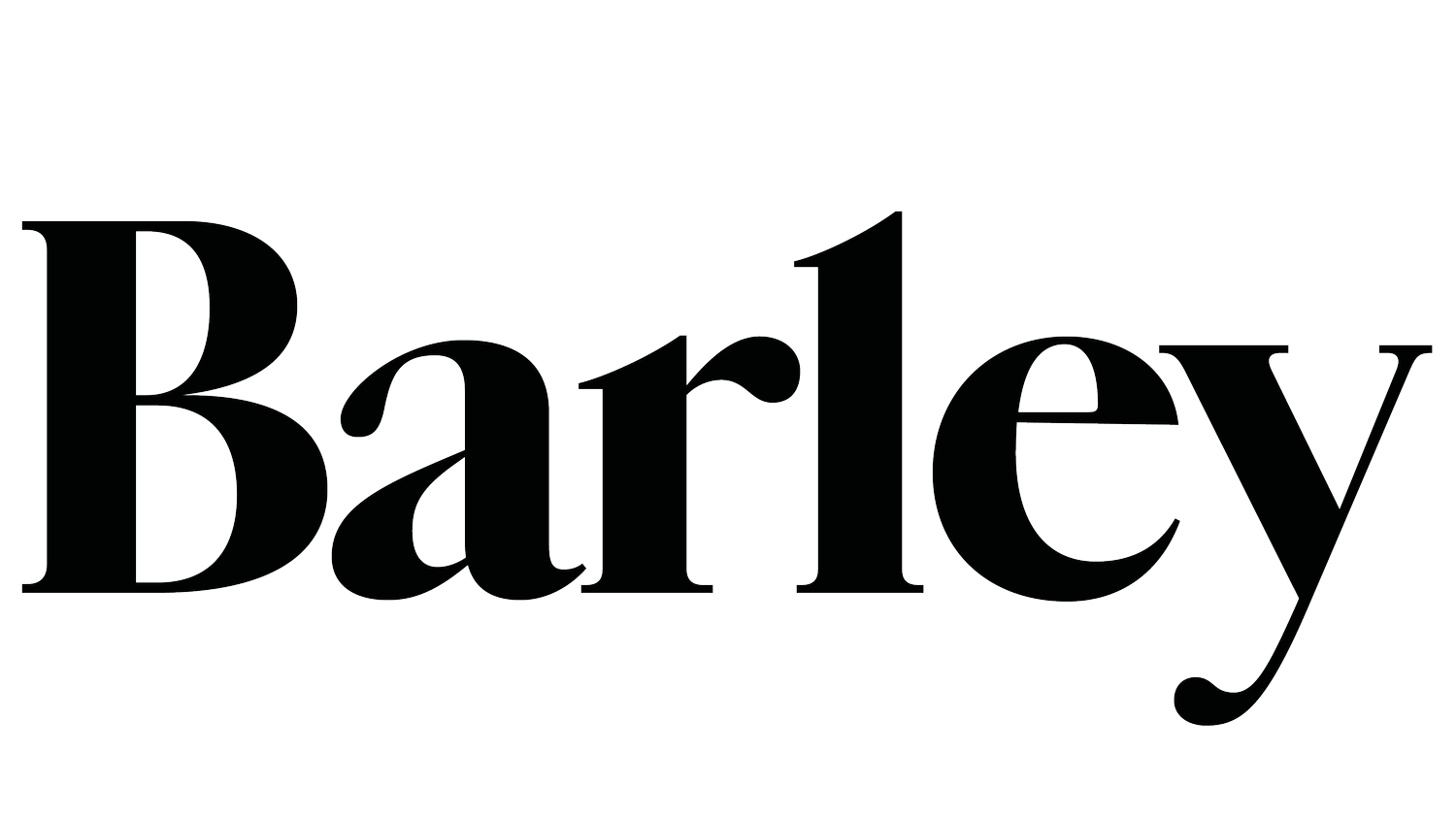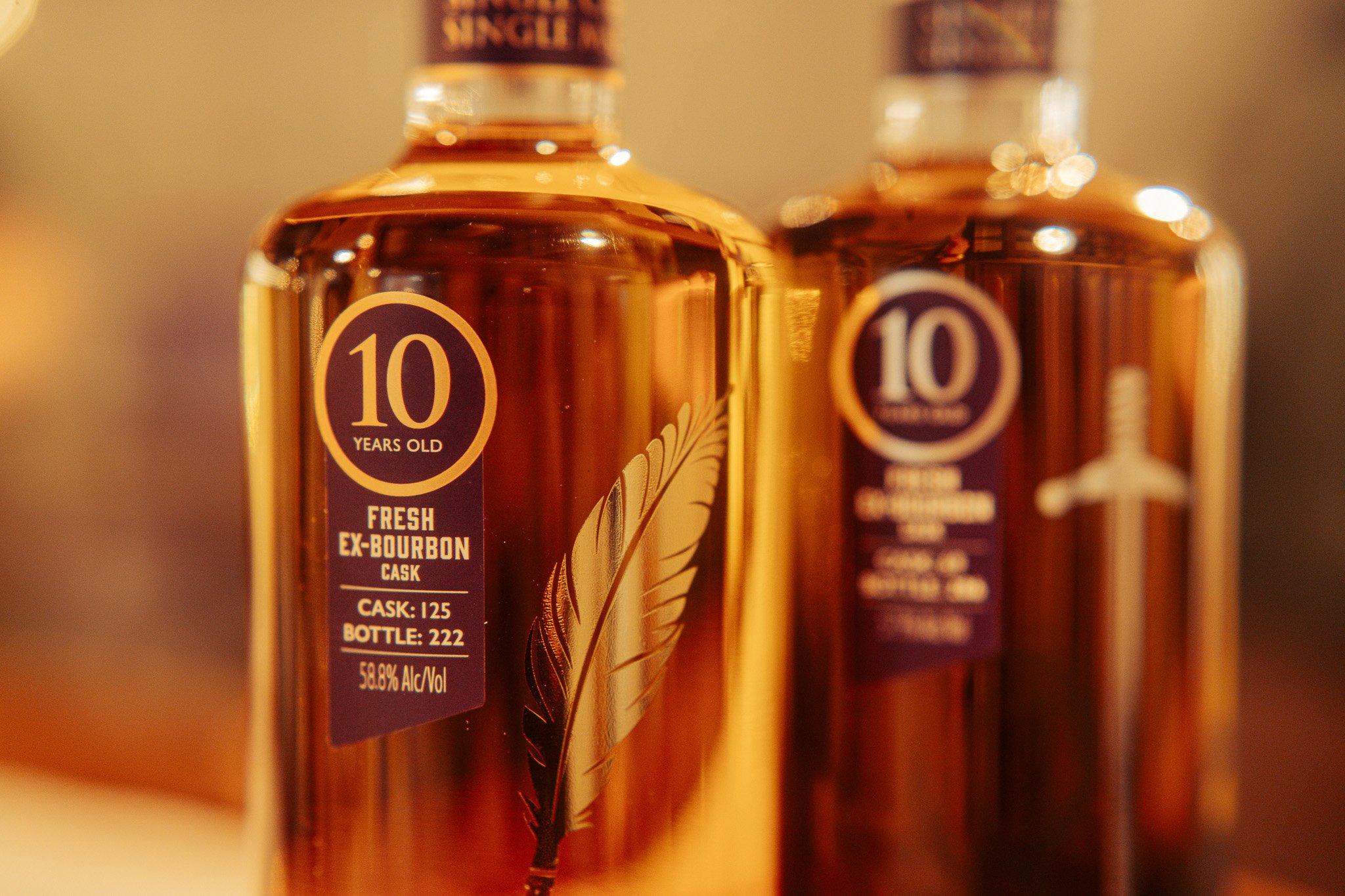Fancy a ‘drop’? Inside the weird, wild world of whisky NFTs
Image: Shutterstock
To some they’re a newly minted marvel ready to transform the industry, to others, just another way for corrupt charlatans to make a quick buck. Technology writer Rob Waugh, our man with the Crypto Factor, reports on what’s really going on…
What is a whisky NFT? The easiest way to explain this is to start with what it’s not: it isn’t ‘fungible’. Unless you’re an economist or a crossword devotee, you may be unfamiliar with this term - but something fungible is something that can be exchanged or replaced with something of equal value.
Hence NFTs or ‘non-fungible tokens’, can’t be altered or replaced, and carry unique identification codes which mark them out from all other such tokens. This makes them (in theory) a perfect digital ownership certificate for collectors of rare and expensive things… like whisky bottles.
Built on blockchain, like cryptocurrency, NFTs initially boomed in popularity thanks to digital art, with celebrities such as Justin Bieber splashing $1.29 million on bafflingly ugly artworks of digital apes authenticated by NFTs. But a growing community of enthusiasts and investors is now using the technology to authenticate bottles of whisky.
Buyers are already paying for bottles ‘authenticated’ by NFTs (the owner is able to show off their authenticated purchase in an app, without ever opening or even seeing the bottle), and believers tout NFTs as a technological solution for everything from selling fractions of casks, to proving the authenticity of hugely expensive bottles.
The NFT world comes with its own cultish slang: NFTs are not created, they are ‘minted’, when they are deleted, they are ‘burned’, and when someone releases NFTs, it is referred to as a ‘drop’. Oh, and the technology around NFTs is referred to as ‘web3’, with the suggestion that it is a natural successor to the low-tech Web 2.0 we currently use.
Others are more sceptical of the technology, pointing out that digital tokens don’t in themselves prevent the physical bottle being adulterated. It’s also worth noting that Justin Bieber’s monkey artwork was recently valued at $59,000, a 95% decrease in value from when the Canadian singer bought it in January 2022, courtesy of a crash in the value of NFT art.
‘The NFT world comes with its own cultish slang: NFTs are not created, they are ‘minted’, when they are deleted, they are ‘burned’, and when someone releases NFTs, it is referred to as a ‘drop’’
Companies such as Blockbar tout NFTs as a way to offer peace of mind for investors in whisky and other luxury spirits, with NFTs corresponding to insured physical bottles in a secure facility.
Investors in whisky NFTs are a ‘newer audience’ who are more ‘tech minded’ compared to traditional whisky investors, says Calum Lawrie Co-founder or Director at FABLE whisky which created an NFT release of 999 unique numbered bottles, complete with an exclusive ‘Cryptopunk’ artwork.
Amber Island and Crypto Punk with Fable
‘The whisky enthusiast comes in many forms and not simply the traditional depiction we may have!’, Lawrie says.
The limited edition FABLE whisky ‘drop’ was offered to members of Amber Island, a ‘web3’ community of whisky investors.
Buying an NFT token allows investors to show off a 3D model of the bottle they have bought, explains Shenr-Jye Hon Venture Lead, from Amber Island.
When buyers redeem their bottle, the NFT is ‘burnt’ and the bottle is released from Amber Island’s secure warehouse.
Hon says, ‘You can enjoy the pleasures of whisky collecting without the hassle of looking after the physical bottle.
Holders of certain whisky NFTs also get access to other benefits such as masterclasses or meals at Michelin-starred restaurants, Hon explains.
Hon says that for whisky brands, NFTs also offer a way to stay in touch with consumers - and that he has seen interest both from ‘traditional’ whisky investors and ‘web3’ fans.
‘There is definitely scepticism about the NFTs and we fully respect that’, Hon says. ‘The concept may not be suitable for everyone, but we believe it has great potential to make collecting whisky easier, safer, more accessible and transparent.’
Hon says that Amber Island aims to reduce the complexity of the product (NFTs require special apps to buy and display, and are considerably less easy to use than normal ecommerce), and that he hopes that NFTs can enhance the ‘storytelling and provenance’ of whisky.
The 30-Year-Old Glenturret and Amber Island release
Others are more doubtful of the technology’s benefits.
Speaking to Barley, whisky consultant and broker Blair Bowman says he remains ‘deeply sceptical’ of NFT technology in the whisky market and feels that whisky NFTs are ‘an oxymoron’.
In an article he wrote for Cask and Still magazine, Bowman described NFTs as ‘the emperor’s new clothes’ and said that the market was ‘wide open to corrupt charlatans.’
‘It makes no sense. The non-fungible token is non-fungible.... But a bottle of whisky is inherently very fungible, meaning that it could very well be lost, stolen, damaged, copied or faked’
Bowman says that he owns cryptocurrency himself and does not have a problem with blockchain technology, but feels it is out of place in the whisky market.
Bowman writes, ‘What I have a problem with is the idea of a digital token representing a physical object. It makes no sense. The non-fungible token is non-fungible.... But a bottle of whisky is inherently very fungible, meaning that it could very well be lost, stolen, damaged, copied or faked.’
Whether you’re a believer, baffled or a sceptic, the phrase, ‘Fancy a drop’ may never be the same again…








